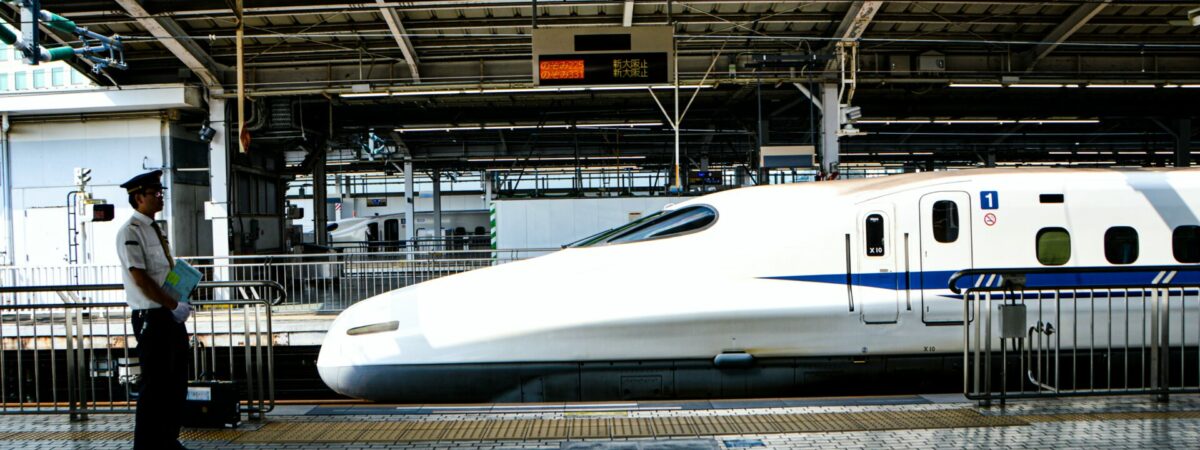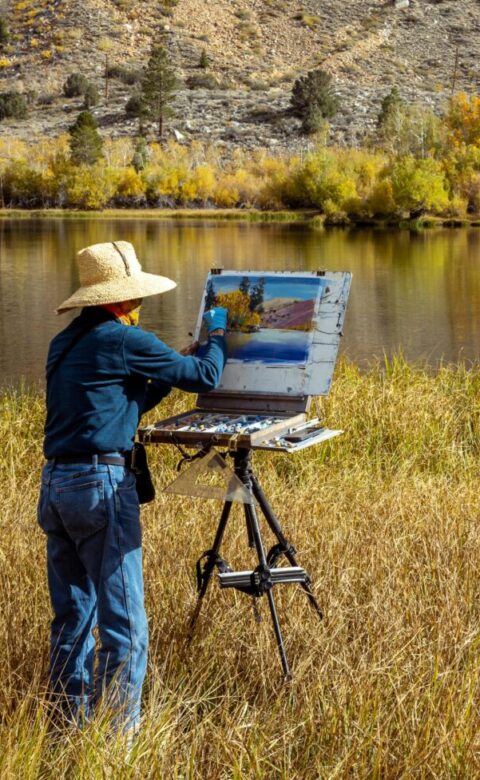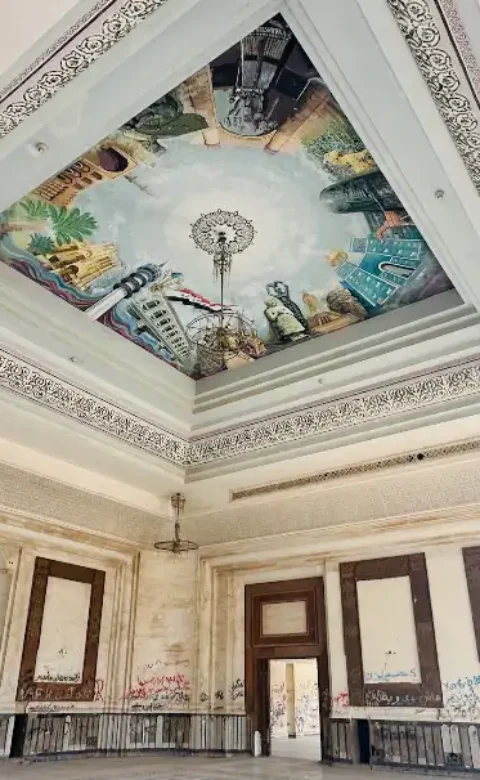Tying together Japan’s metropolitan areas, the shinkansen passes through parts of the country that still retain deep traditional practices. James Krick discovers his trip to Sapporo is also a journey into the past.
Spread over 3,000 miles of mountains, jungle, forest, and plains, the Japanese archipelago is an area of ancient history and traditions dating back thousands of years. However, the skyscrapers and glittering neon of the megacities on the country’s eastern shores often bear little resemblance to the Japan found in its hinterland.
In fact, despite the names of places like Tokyo, Osaka, and Yokohama conjuring up futuristic, Blade Runner-esque visions in the minds of visitors, the real, every day Japan is far more traditional than it may first appear.
To experience this juxtaposition myself, I bought a ticket for a journey on Japan’s shinkansen bullet train network. My chosen destination of Sapporo is a mammoth 830 kilometres from Tokyo, but on this train, the journey could be completed in its entirety in just six short hours.
As the train left Tokyo Station, I found it remarkable how much the interior resembles a luxury airliner, and I settled into my aircraft-style seat for the ride. However, looking out of the window, I realised the one thing that an aircraft could never offer is the view you get from the shinkansen. With Mount Fuji glistening in the far distance like a snow-tipped pyramid looming over the city, the scenery outside my window began to blur as the train sped north out of the city.
The ticket inspectors passed through my carriage. I noted that, as with many aspects of life in Japan, they completed their tasks with full commitment to the tradition of service. Upon entering each carriage, the immaculately dressed ticket conductors remove their hats and bow to the passengers before excusing the disturbance of having to check tickets. Even on the bullet train, the importance of tradition and etiquette is present.
As city buildings gave way to the countryside, it occurred to me how curious it is that such modern aspects of society exist comfortably alongside time-honoured ways of life.
In towns and villages around the country, people make the annual pilgrimage to their local Shinto shrines after midnight on the first day of the new year to pray to the gods for luck and prosperity. It is a unique blend of cutting-edge technology and modernity, but always infused with traditional values and beliefs that makes Japan such a unique place.
Nowhere have I found this juxtaposition of the modern and the ancient more evident than on journeys like this one on Japan’s shinkansen bullet train network. The rail system that was first built in 1964 has created a network of arteries crossing the country and linking the major centres to some of the country’s farthest corners. It truly does knit together the old and the new of Japan.
It is easy to forget that this marvel of engineering is now in its sixth decade of existence, and yet it still feels very much like a modern, efficient, and fast way to make a journey. An estimated 85 million passengers use the service every year, and it is often seen as a more comfortable and convenient way to travel than flying.
However, what is truly the most intriguing aspect about travelling on the shinkansen is how this marvel of modern engineering is the best way for travellers to experience some of Japan’s most hidden and traditional places and sights that would be easily missed between the big cities. Despite often being overlooked as a shuttle to get from one city to the next, the shinkansen network is actually a treasure trove of cultural highlights.
Taking a shinkansen journey from Tokyo’s bustling central station has led me to many different areas of the country. From Fukuoka on the southern island of Kyushu, famed for its tonkotsu ramen noodles and nightlife, to Sapporo, the capital of Japan’s northern island of Hokkaido, an area that is renowned for its world-class winter sports.
Travelling from Tokyo and Sapporo, as I was on this particular trip, is one of the shinkansen’s many branches that serve to connect two of the country’s most important metropolitan areas.
However, watching Japan fly by on my own journey, I realised it is the places the bullet train visits in between that really show how it transports us to the country’s traditional corners.
To call the service a ”shuttle” at all is to do it a monumental disservice. Although the shinkansen is widely used by business travellers to go between Japan’s economic centres quickly, it is also a journey through Japan’s rich and textured culture — a mix of timeworn practices and contemporary wonders.
Over the course of my single journey, Japan’s shinkansen took me to hidden “onsen” hot springs, through wild forests, and past tiny villages and hamlets where the traditional minka houses clustered around rice paddies. Indeed, this was seeing ancient Japan through one of modern Japan’s most famous creations.
The train slowed for a brief final stop at one of Japan’s largest and last remaining outdoor morning markets in the northern city of Aomori. I took the opportunity to stretch my legs and enjoy a traditional breakfast of salmon rice balls and green tea while watching the fishing boats bobbing in the harbour. Once the shinkansen took off from the station, it sped me under the Tsugaru Strait and up to my final destination of Sapporo.
As the train pulled into Sapporo’s modern station and its skyscrapers loomed into view, I gathered my bag and lined up with the businessmen and women to disembark into the afternoon sunshine. Watching the people around me checking their smartphones and closing their laptops, the traditional Japan that we had journeyed through already felt a world away. However, as the train prepared to depart for its return journey to Tokyo, I turned and saw the station crew bowing as its engines once again began their roar, blessing its return journey.
Even in the modern city, tradition remains just beneath the surface.
It is truly a uniquely Japanese experience to travel from one of the world’s most technologically advanced cities to an area where so little has changed in thousands of years, and tradition remains at the forefront of people’s lives. To do so on such a symbol of the country that provides people with a transport link between the old and new Japan is even more remarkable.








